A Day in the Life of a Public Lands Habitat Specialist
By Ty Gatton, Public Lands Habitat Specialist, KS
Every day is different at the Grand Osage Wildlife Area near Parsons, KS! My name is Ty Gatton, I am the Pheasants Forever Public Lands Habitat Specialist here. I joined the Pheasants Forever team in March of 2022 after earning my degree in Wildlife Ecology and Conservation from Pittsburg State University. My job entails many different roles from grassland, forest, and wetland manager, wildlife surveyor, farmer, educator, and equipment operator. I enjoy what I do and I’d like to share some of that with you all today!
We have 11,300 acres of public land that we manage at Grand Osage WA and Big Hill WA. It consists of hardwood timber, native prairies, and agriculture fields. I work under a Kansas Department of Wildlife and Parks Area Manager, Rob Riggin. We share the office with a PF/QF Private Lands Habitat Specialist and a USDA Wildlife Specialist. Together we work in several different locations but ultimately with the same goal in mind: habitat improvement throughout Kansas. Our state is about 98% private land, so it can be tough for hunters, anglers, and outdoor enthusiasts to find places to recreate. That’s why I take this job seriously- maintaining our public lands for the benefit of the wildlife that inhabit the land and the ability to enjoy what nature has to offer for generations to come is important to me!
Spring
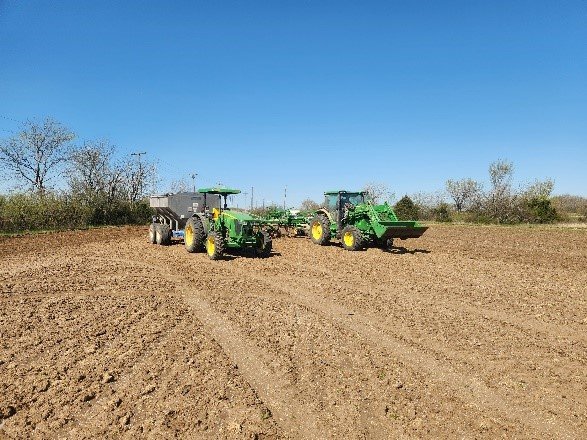
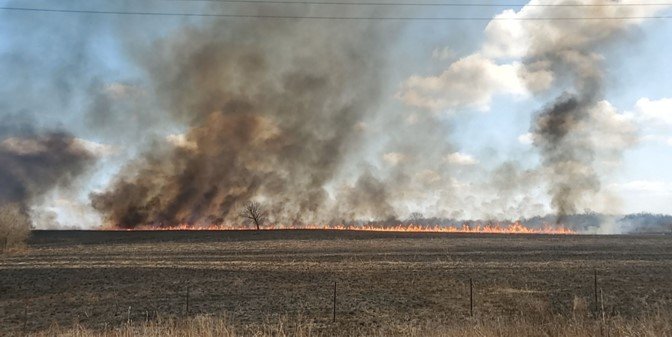
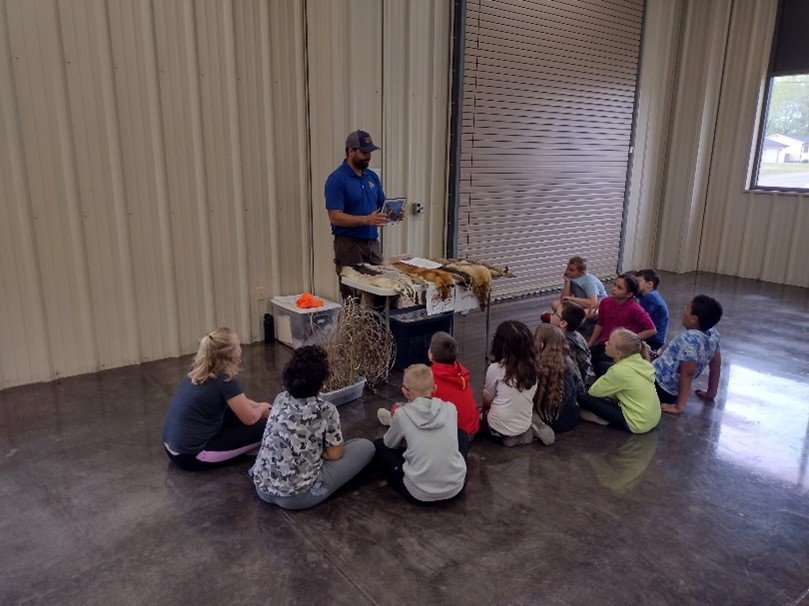
Springtime is always a busy season around the wildlife area. We have tons to do when the weather is nice to prepare for the upcoming summer and hunting seasons. Some of the things we do here at Grand Osage include managing for noxious weeds, assisting our successful draw turkey hunters, establishing clover food plot plantings, spraying woody encroachment in the prairies, and controlled burning.
Every year we plant sunflowers to bring mourning doves to the wildlife area. We have special dove hunts open on a few weekends in the fall for the public to come and enjoy. The success can be amazing for the hunters! Not only do the hunters have a great harvest but after a few hunts we shut the area down and allow the migrating doves to feed on the field for the rest of the year.
Prescribed burning is a huge part of the management that we get to do on the wildlife area. It is a useful tool for promoting vegetation growth, eliminating woody encroachment, and resetting succession on our native grasslands. We work to establish a solid burn plan, then wait for a day with appropriate wind & weather conditions. The KDWP area manager, myself, and a private lands habitat specialist are usually involved in these fires to ensure that they are executed well without escaping.
We also get to participate in education & outreach events with schools in the spring. We have been asked to speak to all ages of students and love to teach them about the natural history of some of our most common native species in Kansas and at the Wildlife Area. We were able to gather live snakes & turtles to show off for this event, and then we usually have the use of skins & skulls and other props to engage the students. We also like to play games with them to teach concepts like habitat loss, predation, and wildlife survival.
SUMMER
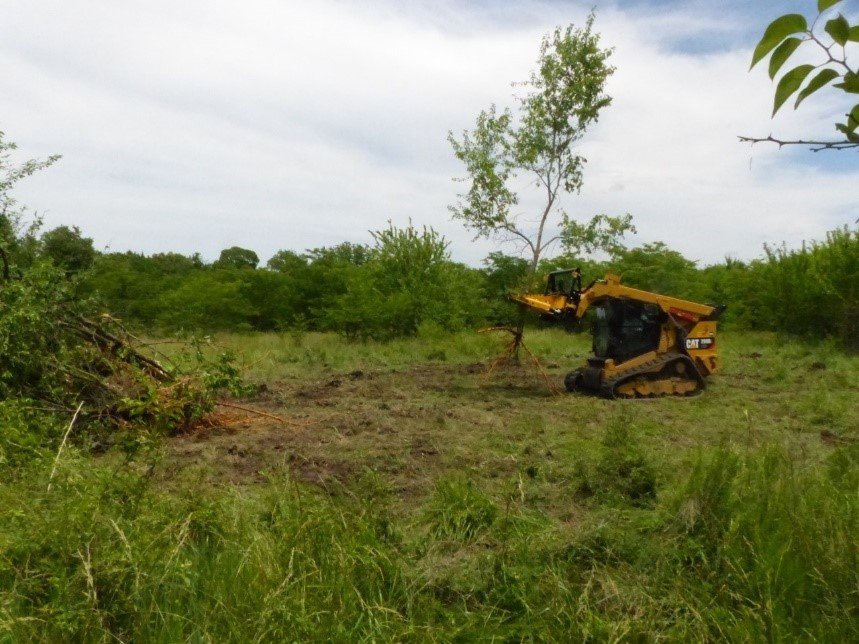
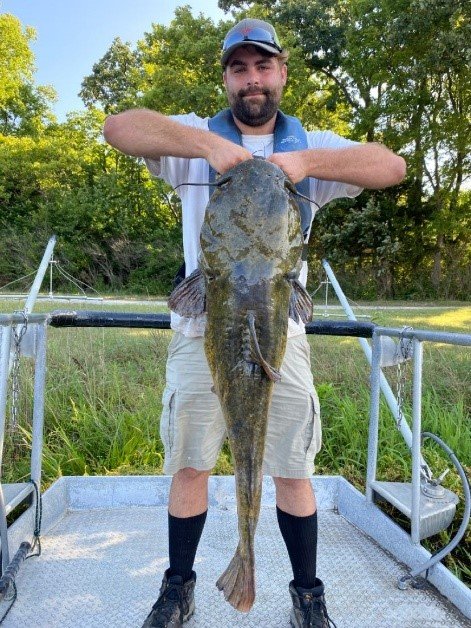
In the summer we do a lot of land improvement and habitat management. We often focus on timber removal, pasture clearing, maintaining native openings in timber, and grassland management.
Another focal point is noxious weed species- these are a constant on our to-do lists! The goal is to properly identify and eradicate all noxious weeds. Some of the species we deal with throughout the year are musk thistle, Sericea lespedeza, Johnson grass, and sesbania. Depending on the plant our method of eradication might include an herbicide application, controlled burn, or mechanical (hand) removal.
The skid-steer is a critical tool for timber management on the WA. This allows us to use many different mechanical approaches to tree removal- from a forestry mulcher to a tree saw, to a tree puller. We use these different tools to remove timber encroachment throughout pastures and native openings. This helps keep our grasslands grass and allows habitat creation for quail, deer, and everything in between.
Sometimes we will even get asked to assist the fisheries biologist within our area. In this picture I was contacted to help collect flathead catfish to collect data used to study age and population densities! You never know what the day will hold- it is always exciting to learn something new and get to work with some of our great partners!
FALL
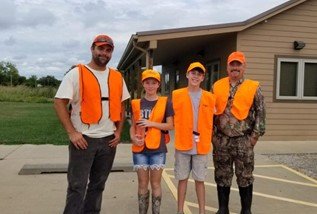

Fall is an exciting time around Grand Osage. We are happy to host many special hunt opportunities through KDWP. Some of the hunts we offer in the fall include dove, whitetail deer, turkey, quail, and predator. With these being draw-only hunts we get to meet the hunters during a safety brief and help them in many ways. We also have some great opportunities for youth hunts. There is a special hunt draw through KDWP that allows a select number of youth to hunt in designated areas. Sometimes the youth hunters don’t have a mentor to attend the hunt with them, so a great part of my job is being able to take them out and show them what the outdoors has to offer!
Fall offers a great opportunity to convert fescue to native grass. A big reason for this is that during the late fall most of the desirable grasses and forbs have senesced down (gone dormant) allowing herbicide to only harm the fescue. This frees up more soil, nutrients, and sunlight for native species in the following year.
Another cool duty I get to help with is wildlife surveys. A big part of the role of KDWP in Kansas is to provide regulations on hunting and trapping based on population health and abundance. In order to ensure that populations remain viable into the future we have to get a good estimate of how many individuals are out there, how well they are reproducing, and where they are traveling. In any given year I get to participate in deer spotlighting surveys, upland bird brood surveys, and mourning dove banding. Every year we catch & survey doves at the WA. They are all aged, sexed, and banded to collect migration data through Kansas’s migratory game biologist. Last year 67 mourning doves were banded at the wildlife area!
WINTER
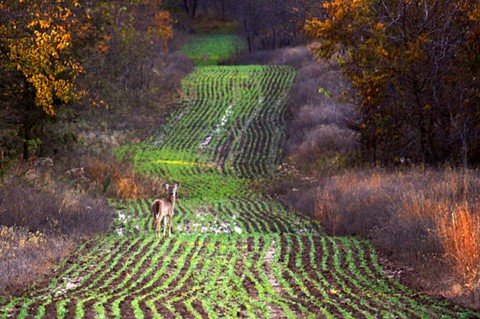
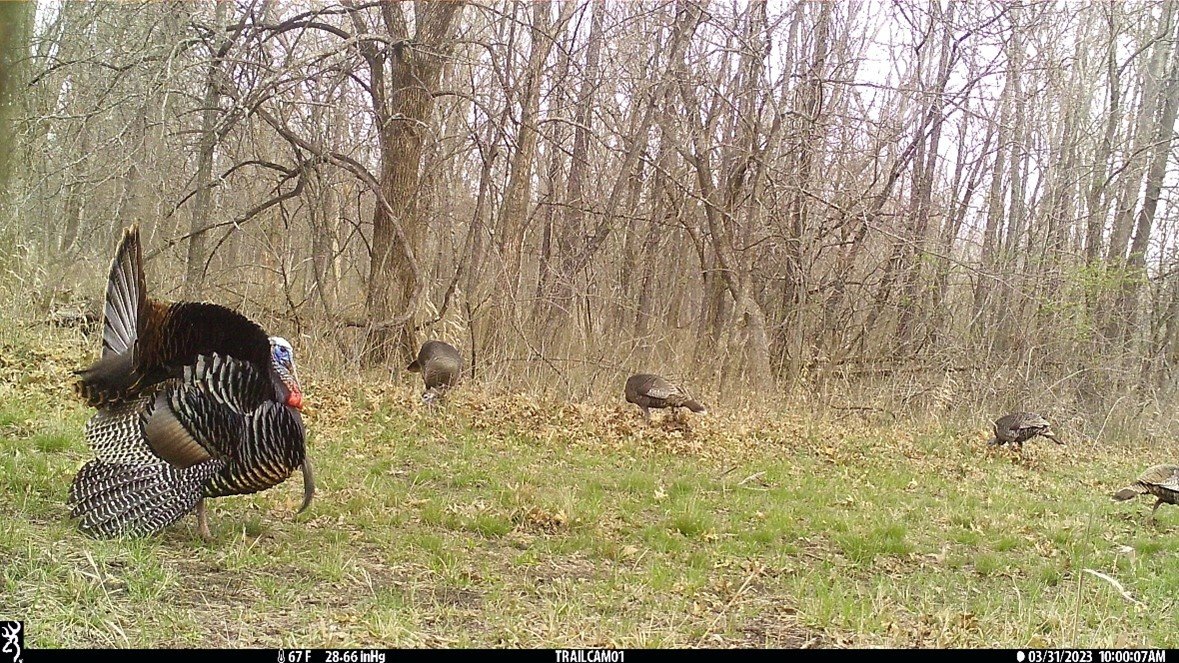
There aren’t as many things we can do over the winter, due to many of our plant species being dormant during this time, but there is always plenty to keep us busy! Winter is a great time to focus on equipment maintenance, native plantings, timber stand improvement, and fire prep. We really like the frost-seeding method for native plantings because it allows the seed to go through cold-moist stratification over the winter months, which prepares it to have the best chance of germination in the spring. Winter can also be a great time to focus on habitat management for turkeys. Trees are inventoried to determine which to keep and which to cut or kill, and then we will conduct Timber Stand improvement (TSI). When conducting TSI the goal is to remove all unwanted trees like non-mast producing trees or those that are crowding the canopy. This helps promote vegetational growth at the ground level which not only increase herbaceous forage but can also increase turkey nesting areas. We might also start to get plans ready for fire in the upcoming spring and summer. This means inventorying the area to see what needs burned and implementing firebreaks so they are well-manicured when fire season comes. In this picture you can see a food plot was planted not only for wildlife but also to assist as a firebreak that will allow a safer and easier burn application during burn season.
Winter is also a great time to check out the wildlife area and see the management that we’ve implemented actually affecting wildlife in a positive way. It is rewarding to see all of the hard work that we’ve put in paying off! Habitat loss and fragmentation is attributed to species decline all over the country. Being able to be a small part of the cure makes me love my job even more!
